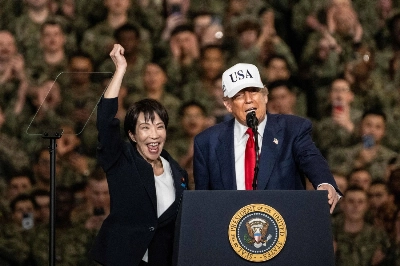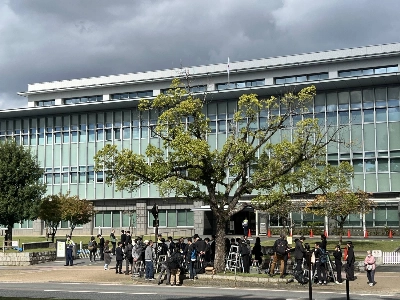One of sumo's two present yokozuna (grand champions) may have just cemented his place in the sport's history last weekend, but far fewer people were watching than just a decade earlier. Could playing cards help rekindle interest?
The traditional Japanese sport has been simultaneously battling two nebulous forces: controversy and apathy. Not only are popularity and new recruits dropping, but at the same time a number of scandals continue to fester. There was the hazing death of a young wrestler in 2007, the recent accusations of special treatment of yakuza bosses in Nagoya and an assault charge and civil suit filed this month by a tokoyama (sumo hair stylists). And, of course, few have forgotten the marijuana busts.
Long before these pratfalls, many of Japan's purist (and arguably nationalist) fans were already decrying the influx of non-Japanese grapplers – including the two present yokozuna, both Mongolians – and their lack of deference to the sport's rigid and time-honored traditions. Asashoryu, last week's victor and 24-time winner of the Imperial Cup, has been repeatedly criticized for his behavior, which may seem tame when compared to Western athletes but is considered barbaric by sumo's strict standards.

















With your current subscription plan you can comment on stories. However, before writing your first comment, please create a display name in the Profile section of your subscriber account page.